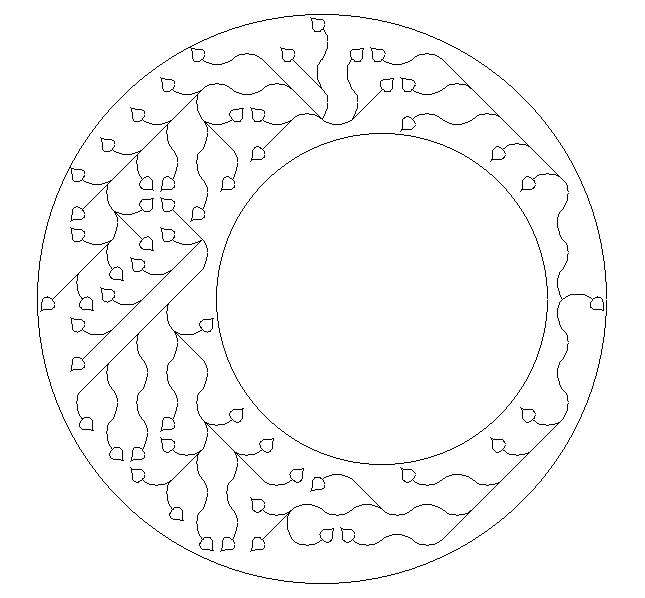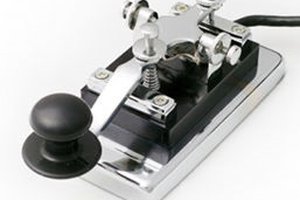Port the Source Code to C
Rascius's code is in Java/Processing and needs to port it to C. For graphics I use he xbgi library (an X11 port of the Borland Graphics Interface from the days of DOS).
Rascius's code is a bit messy and not very efficient. My code is a bit better but more could be done. Still it good enough for this purpose.
I have uploaded a version to the library.
Next
I want to:
- import arbitary cutout shapes (dxf).
- export dxf and/or gCode.
- consider warping the pattern to better fit cutouts.
 agp.cooper
agp.cooper



 Shari
Shari
 Jerew
Jerew

 Rob Bailey
Rob Bailey
That is the basic idea.
Western culture seems to favour "white goods", we seem to lack any concept of extra-presentation even if it costs almost nothing. When was the last time you saw a "Greek Key"? Have you ever seen a greek key on a recent public structure or even a footpath/sidewalk?
I was in Japan last year and even the display panel of the vending machines "played games" when not in use. A sense of humour still is allowed to exist there!
Anyway, if you have seen a computer generated pattern that seems to mould around a shape I would be interested to look at it.
AlanX